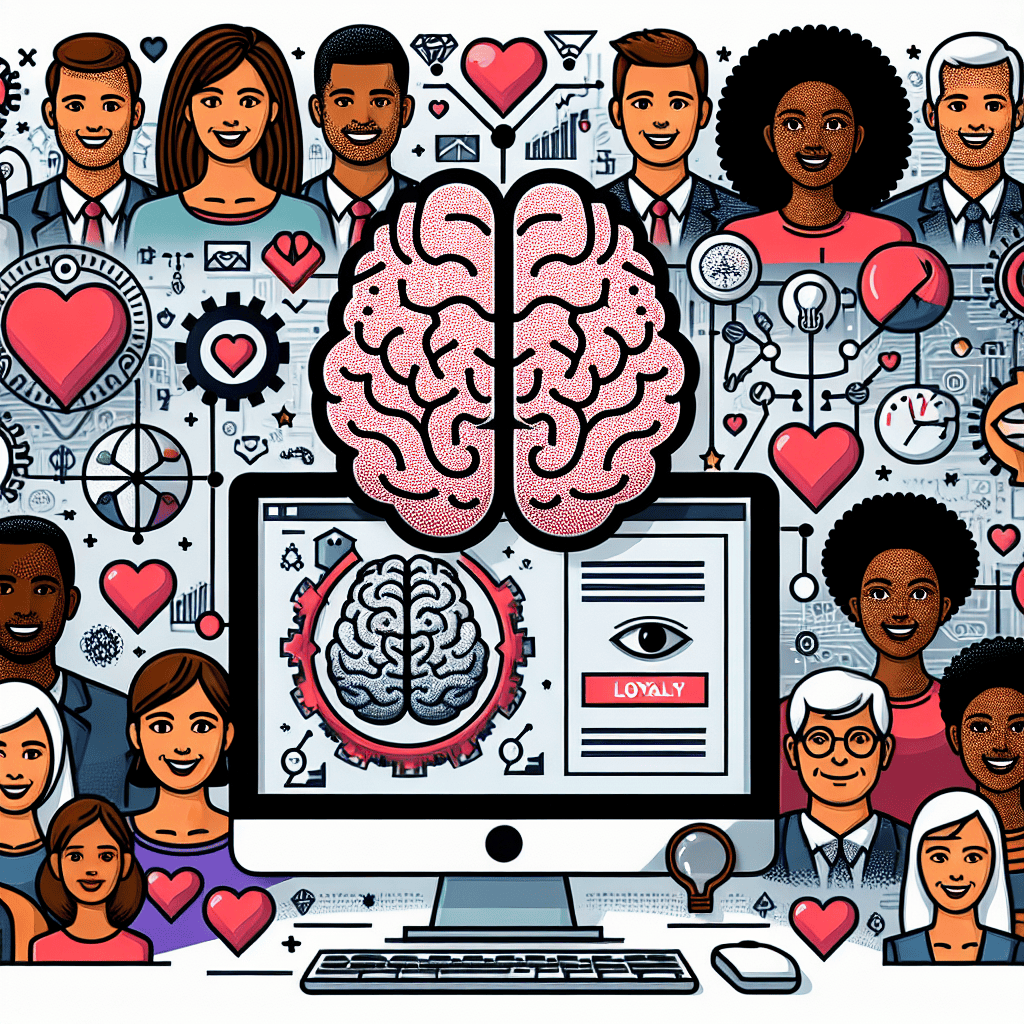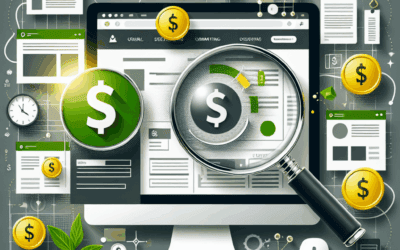In the dynamic realm of digital marketing, understanding customer behavior is paramount to driving loyalty and conversions. Web design, the visual and functional interface through which consumers interact with brands, is an influential element that can be optimized with psychological principles. By harnessing psychological triggers within web design, businesses can create more engaging, user-friendly experiences that foster lasting customer relationships.
The Psychology of User Experience in Web Design
User experience (UX) is at the heart of any effective web design strategy. This is where psychology plays a pivotal role. Research in cognitive psychology has revealed profound insights into how users perceive websites, make decisions, and establish brand loyalty. Understanding these psychological principles allows designers and marketers to create optimized web experiences that not only attract traffic but also engage users effectively.
1. The Importance of First Impressions
According to studies, users form a first impression of a website within mere seconds. This rapid-fire assessment is often based on aesthetic appeal, usability, and emotional resonance. A well-designed website should immediately convey trust and professionalism. This can be achieved through clean layouts, consistent branding, and high-quality visuals. Using principles of Gestalt psychology, such as proximity, similarity, and closure helps in structuring visual information intended for your target audience.
2. Color Psychology and Branding
Color plays a crucial role in evoking emotions and influencing user behavior. For instance, blue is often associated with trust and calmness, while red can provoke urgency. Understanding your brand’s message and the emotional responses associated with different colors can guide designers in selecting a color scheme that resonates with their target audience. Utilizing color psychology effectively can enhance user experience and promote brand loyalty.
3. The Power of FOMO (Fear of Missing Out)
FOMO is a psychological phenomenon that can significantly enhance conversions. By incorporating elements such as limited-time offers, countdown timers, or exclusive memberships, web designers can create urgency that compels visitors to complete a purchase. This not only drives sales but encourages repeat visits, as customers begin to associate the website with exclusive opportunities and compelling experiences.
Building Trust and Reliability Through Web Design
Trust is a critical factor that plays into customer loyalty. A site that communicates reliability and credibility through its design can significantly influence user behavior. Here’s how to achieve it:
1. Clear Navigation
Users prefer websites that are intuitive and easy to navigate. A well-structured navigation system, complete with a clear hierarchy, allows users to find what they’re looking for with minimal effort. This reduces frustration and increases the likelihood of them returning to your site. Implementing a breadcrumb trail or a straightforward search function can improve navigation and user satisfaction.
2. Social Proof
Integrating testimonials, user reviews, case studies, and trust badges (like security certifications) can effectively leverage social proof—a psychological phenomenon where individuals look to the behavior of others to guide their own actions. Displaying positive feedback prominently on your site enhances credibility, reassuring new visitors and encouraging future interactions.
3. Consistent Branding
Consistency across all your web pages reinforces brand identity, making it easier for users to remember and relate to your brand. Utilize consistent fonts, colors, and imagery to create a cohesive online presence. This consistency lends itself to trust and familiarity, which are essential for fostering customer loyalty.
Engagement Strategies Based on Psychological Triggers
Beyond first impressions and trust, engaging users through compelling design elements is essential for developing deeper connections. Here are several strategies:
1. Interactive Elements
Interactive design features—like quizzes, polls, or interactive infographics—keep users engaged and encourage them to spend more time on your site. This not only satisfies curiosity but also enhances user experience by making the visit more enjoyable. Ultimately, when users are engaged, they are far more likely to develop loyalty towards the brand.
2. Scarcity and Exclusivity
In addition to FOMO, creating an aura of exclusivity can pique user interest and enhance loyalty. Features such as members-only access, special discounts, or access to exclusive content or webinars can encourage users to remain loyal to your brand. When users feel part of a select group, their connection to the brand strengthens.
3. Personalized Experiences
Personalization taps into the psychological desire for recognition and relevance. By utilizing data and analytics, businesses can create personalized experiences that resonate more deeply with users. Utilizing tailored product suggestions, personalized email follow-ups, or dynamically generated content can improve the relevance of websites, resulting in higher consumer satisfaction and loyalty.
Conclusion
Harnessing the influence of psychology in web design is not merely an option but a necessity in today’s competitive digital landscape. By understanding the psychological triggers that affect user behavior, brands can create more effective web experiences that encourage engagement and drive customer loyalty. From first impressions shaped by color and design to fostering trust through reliable navigation and social proof, each element contributes to a user experience that strengthens relationships with customers. As entrepreneurs and marketers, the application of psychological principles in web design will be pivotal in building loyal customer bases and achieving long-term success.
At USA Marketing Pros, we specialize in transforming your online presence with professional web design, SEO, and digital marketing solutions. Based in Arlington, VA, we proudly serve businesses across Northern Virginia and the greater Washington, DC area. Reach out to us today to see how we can help your business grow at (202) 888-5895 or visit us at 701 12th St S, Arlington, VA 22202.
Searching for affordable web design? View our Web Design Service
Check out all our Digital Marketing Services
Schedule a Web Design Strategy Call




0 Comments